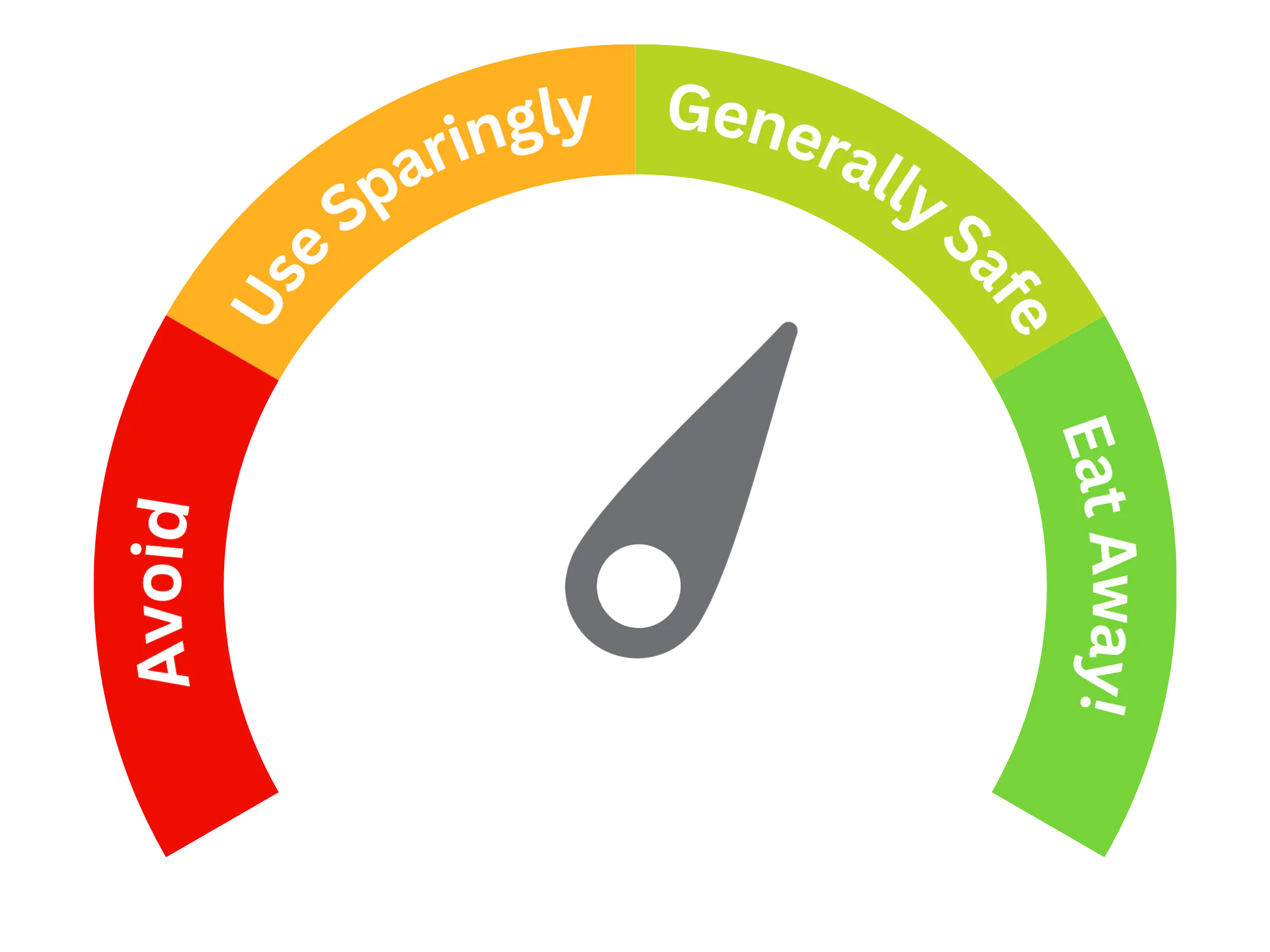Metatartaric Acid (E353)
| Type of additive (Glossary) | Acidity Regulators |
| E Number | E353 |
| Chemical Formula | (C4H4O5)n |

Purpose and Function
Metatartaric Acid (E353) is used in the food and beverage industry primarily as an acidity regulator and stabilizer. It helps to prevent the formation of tartrate crystals in wine and other beverages, thus improving clarity and stability. Common applications include:
- Wine production: Added to wines to inhibit tartrate precipitation, which can cause cloudiness or crystal deposits, especially in white wines.
- Beverages: Used in certain non-alcoholic drinks to regulate acidity and maintain clarity.
- Food processing: Although primarily used in winemaking, it may be used in other food products to help stabilize acidity.
Metatartaric Acid (E353) is derived from tartaric acid, which is naturally present in many fruits, especially grapes. It is often used to improve the appearance and stability of beverages.
Potential Risks and Side Effects
Metatartaric Acid (E353) is generally considered safe for consumption when used within regulated limits. Some considerations include:
- Hydrolysis in solution: Over time, metatartaric acid can break down into regular tartaric acid, which may reduce its effectiveness as a stabilizer in wines stored for long periods.
- Safety profile: There are no significant adverse effects associated with metatartaric acid at levels used in food and beverages.
- Regulatory approval: Metatartaric Acid (E353) is approved for use in many countries, including the European Union, where it is considered safe for food use.
Overall, it is regarded as a safe and effective food additive, especially in wine production.
